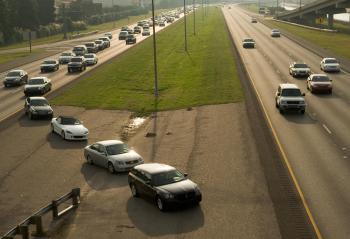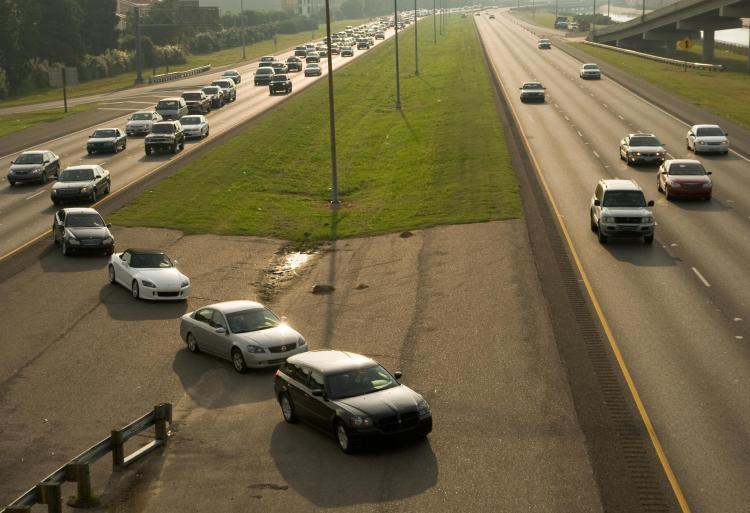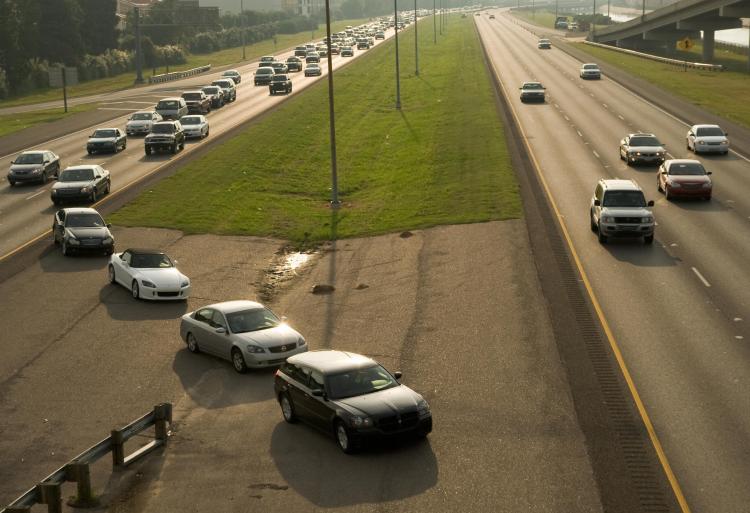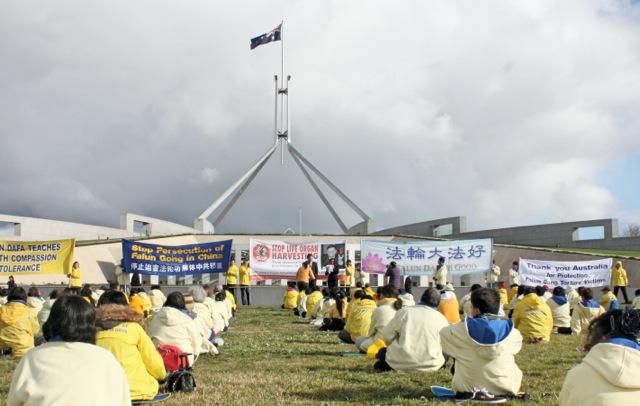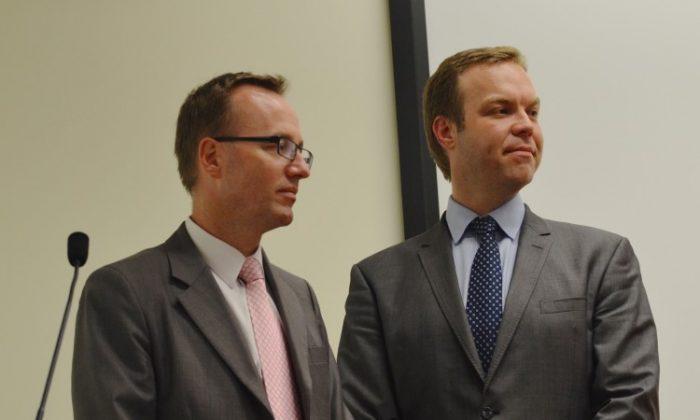A former emergency management expert says Australia will not cope with a disaster the size of Hurricane Katrina or the Madrid bombings.
Australia will have extreme difficulty dealing with a large-scale disaster, despite spending $10 billion on boosting security since 2001, says a former emergency chief.
David Templeman, former director general of Emergency Management Australia (EMA) believes that if an emergency comparable to Hurricane Katrina or the London bombings struck Australia, there would be little infrastructure and government support to combat the consequences.
“Within the Commonwealth, there is not any emergency measure legislation, there is not any authority instrument that provides an official with a capability to do anything except really ask people for assistance,” Mr Templeman told The Epoch Times.
Currently, emergency co-ordination falls on individual states and territories. There are no Federal laws or a centralised body that ensures a unified approach to disaster management.
The Federal-level EMA falls under the Attorney-General’s office and acts as a co-ordination unit, but carries little power to intervene in specific operations, says Mr Templeman.
During the recent Black Saturday bushfire disaster, which destroyed 380,000ha of land and claimed over 200 lives, EMA were able to mobilise 500 reservists from the Australian defense forces. The rest of the co-ordination fell on the Victorian emergency services.
Victorian Emergency Services Commissioner Bruce Esplin believes this method is effective, but notes that the delay in introducing a national phone alert system has been disappointing.
“Victoria has long held a view that emergency warning is a national problem and should have a national solution…emergencies should not have state boundaries,” said Mr Esplin.
The phone alert system developed by Telstra has met persistent road blocks, largely stalled by the states’ inability to agree on costs.
The system was estimated to cost $20 million to introduce nationally – a fraction of the 2008 Federal anti-terrorism budget, which topped $55 million, according to the annual Australian Federal Police report.
Not Ready
Mr Templeman also believes that the lack of Federal management makes Australia vulnerable.
He says the current system would fail in the case of larger events, such as last year’s Burma cyclone, which displaced 500,000 people, and Hurricane Katrina, which claimed over 1500 lives in 2005.
Mr Templeman also cites the Madrid train attacks, where full infrastructure support allowed trains to run less than 6 hours after the explosions and hospitals were back to normal operations within 24 hours.
“That gives you an indication of the level of preparedness” he says.
If such events happened in Australia, there would be “extreme difficulty” in response and heavy reliance on offshore assistance, believes Mr Templeman.
Sydney has only four major hospitals that are facing long emergency delays and persistent staff shortages under normal operations. Add to that a sudden influx of casualties and the system will struggle.
While the Federal Government has allocated $500 million since 2001 to assess potential consequences of an extreme emergency, $400 million of that has gone to pharmaceutical stockpiling of chemical and biological preparedness, should there be a biological attack.
“There has not been a lot [spent] on specific resources. Not much has gone to building an infrastructure,” Mr Templeman said.
Although Australia has been spared a terrorist attack, natural disasters continue to pose the highest risk for the communities.
“It does not have to be a bomb planted by terrorists to make a building fall down. The building can fall down whether it’s an earthquake or a structural fault…The same consequences will have to be dealt with.”
More Education Needed
In terms of what it would take for Australians to be more prepared to face a disaster, Mr Templeman says this requires less complacency and more education.
Emergency event education would be a good start, he said.
“If we in Australia had a national programme in schools where children in both primary and high school had first aid training once or twice throughout their school lives…it will put them in really good stead for the rest of their lives in looking after their families and in the communities.”
Lack of awareness of the dangers of living in high-risk areas and a “feeling of complacency” were also vital to address.
“We have people living in fire-prone areas, flood-prone areas. We need to engage in the community far more actively.”
